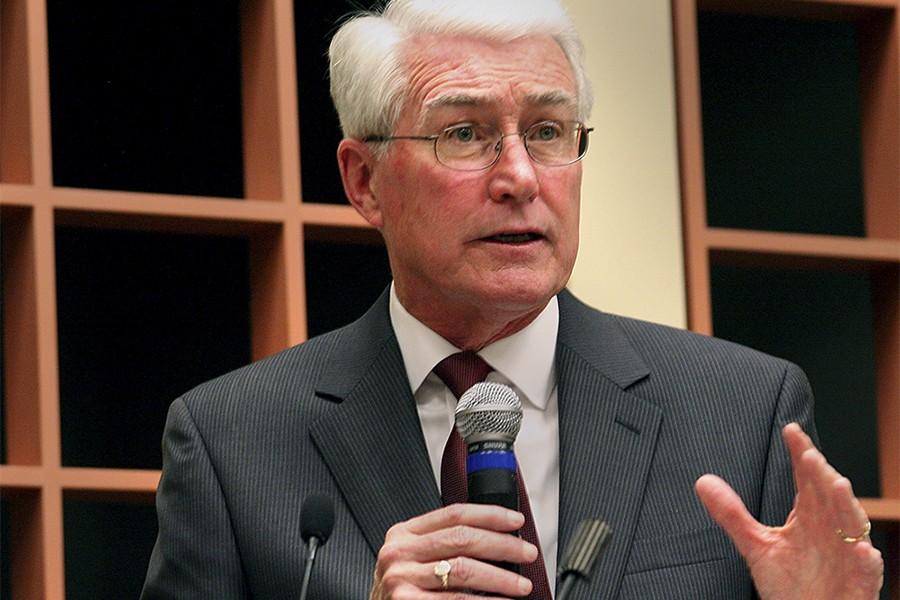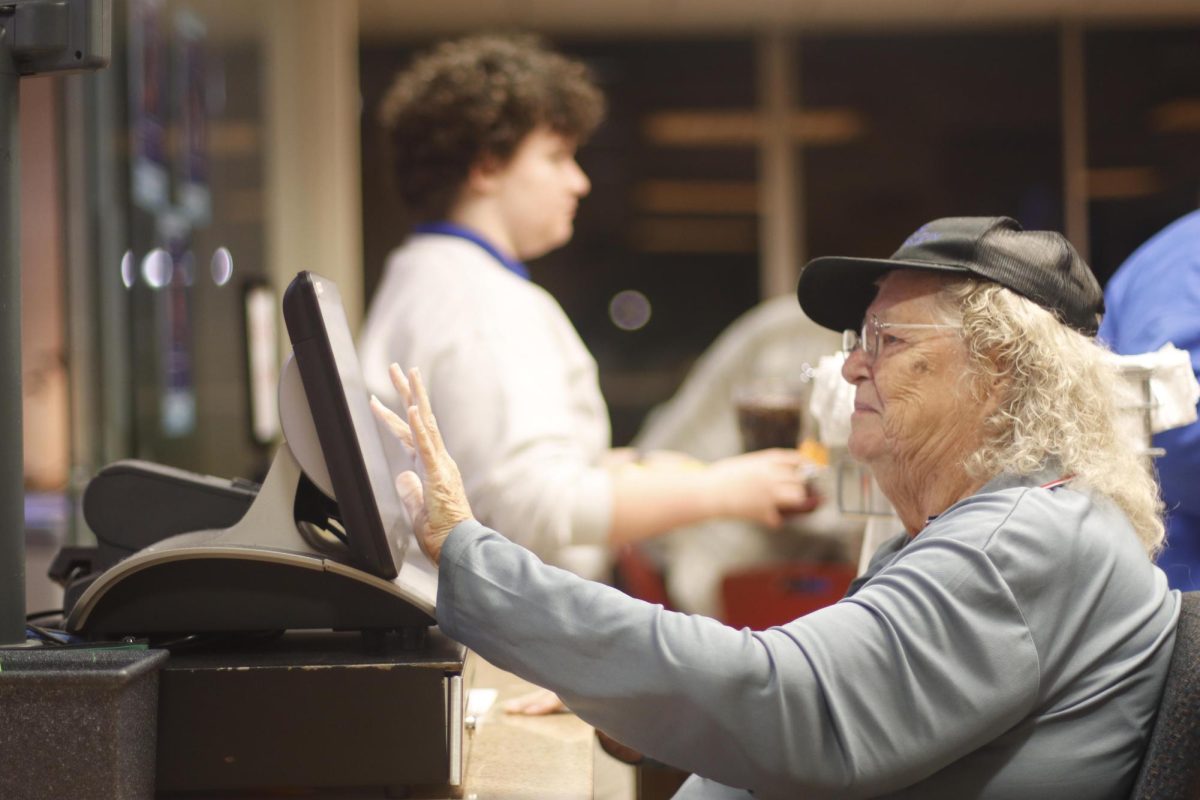Charleston residents question location of new energy center
Kirby Johnson used to envision his children playing in the area where the Renewable Energy Center will be built.
Johnson said, originally in the Campus Master Plan, the area was going to be softball diamonds.
That is not going to happen, he said.
Johnson, who owns Positively Fourth Street Records and Gavina Graphics, lives behind where the center will be built, at the intersection of 18th Street and Edgar Drive.
The first of three informational meetings was held Wednesday to discuss the Renewable Energy Center.
With the Renewable Energy Center, Eastern will move from coal to clean-burning biomass gasification to heat and cool the campus.
The current location conflicts with Eastern’s core mission to be pedestrian-friendly.
When first built, the steam plant was on the edge of campus. It now sits in the academic core of the institution.
Johnson questioned the spot that the university chose to put the new center.
The location of the chosen area is farther from the university, but inside a small family residential area.
Johnson suggested putting the center behind O’Brien Stadium.
Charles White, a Charleston community member, also questioned the location. White lives right off the fence located to the north of the new center’s location.
He suggested moving the center 300 to 400 feet south. The entrance could then be off Edgar Drive, which White said was designed for that kind of traffic.
“Am I way off on my logic, or would that be the most logical place?” he said.
Jeff Cooley, vice president for business affairs, said the chosen location was a flat residential community.
White then suggested rotating the center so the entrance could be used from Edgar Drive and the center would then be hidden from the subdivisions from the east and north.
“I would ask that you look at that,” he said.
Cooley said that was a good suggestion.
“We’ll take a look at it, ” he said.
Cooley started off the meeting with a PowerPoint presentation.
The current boiler system was installed in 1925 and has outlived its useful economic life.
“It’s become mission critical for us to do a replacement,” Cooley said.
The current plant has $16 million of deferred maintenance from corrosion to outdated technology to equipment.
An artist’s rendering of what the plant might look like was included in the presentation.
The center will sit on a five-acre lot with dimensions of 100 feet by 180 feet.
One part will house the majority of the equipment as well as the natural gas and propane back up.
The silo will store the biomass. The stack on the new boiler will stand at 50 feet, quite a bit smaller than the existing stack at 150 feet.
Gary Reed, director of facilities, planning and management, presented on what technology will be used inside the plant. The plant will use a wood-chip gasifier.
The process for gasification begins with the four truckloads a day of wood chips. The woodchips are stored and then moved into the auger as needed. The chips are gasified then at 1,350 degrees. The gas is consumed by a boiler system with a low emissions discharge.
Questions arose by audience members as to what type of particulate would be released.
Cooley said the university was working with a U.S. Environmental Protection Agency permit and the plant would follow EPA guidelines.
Johnson said he thought the university needed to slow down and take an additional two to three years to plan instead.
“It seems like you’re going a little fast here,” Johnson said.
The construction contract will go to the Board of Trustees for approval in November. The groundbreaking will be in Spring 2009. The building is slated to be complete in Fall 2009, and the plant will be commissioned in Fall 2010.
Johnson said he would like to see studies about the influence the new center has on health, environment, people and children that live in the area, and home values.
Cooley said the university’s plan has been to soften and minimize influences, and to be sensitive to residences and businesses near the area. He said no studies had been done at the time though by the university.
Cooley said the university is trying to reduce emissions.
“It looks like a much cleaner plant than what we have,” he said.
Jim Willson, a performance-contracting engineer, said the center puts out a lot less ash.
“The only way to get better than this is natural gas,” he said.
Willson said natural gas was not a feasible option.
The presentation also outlined how the new center would affect Charleston.
The sound produced would not be louder than the road noise from Route 130. There will also be low light in the area.
Construction of the plant will also bring new jobs to the area.
A tree scope will be enhanced and maintained around the facility.
The presentation briefly outlined other opportunities. A small wind farm is also being considered. The three-turbine wind farm would be 1.5 acres and located north of town.
Overall, the university has a complex plan of $80 million dollars. The new plant costs $40 million of that.
Informational meetings will also be held at 10 a.m. Friday in the Charleston/Mattoon room of the Martin Luther King Jr. University Union and at 6:30 p.m. Monday in the Charleston Carnegie Public Library Rotary Room A.
Emily Zulz can be reached at 581-7942 or at eazulz@eiu.edu.
Charleston residents question location of new energy center

Charleston resident Charle White speaks about the problems he thinks will arise in regards to the transportation of wood chips to the new power plant, that will be located off Route 130. White and other citizens, mainly from a subdivision that would borde


































































